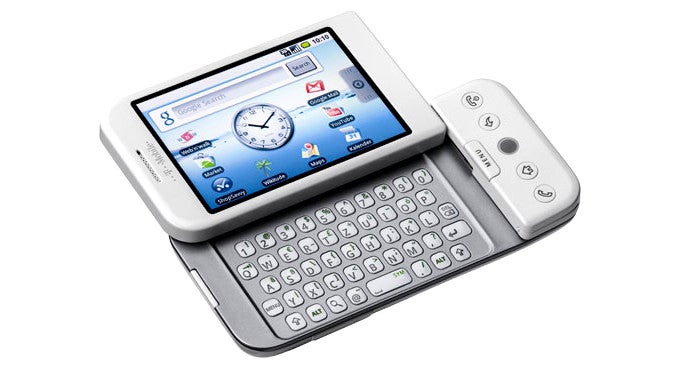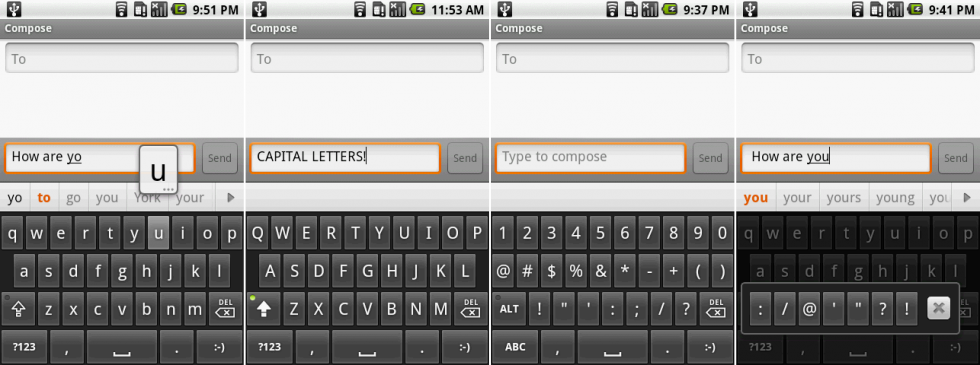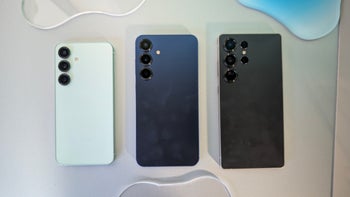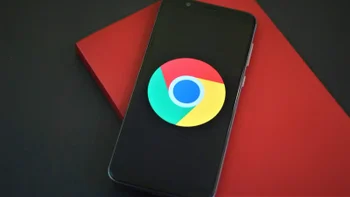The fall of 2008 was an important time for Google. A year after Apple launched the original iPhone, the company was about to debut its own platform - Android. Acquired as a startup back in 2005, Android, a project of engineer Andy Rubin and a few others, is said to have undergone massive changes after the launch of the gamechanging iPhone. The end result finally arrived on T-Mobile with the G1 (aka HTC Dream), officially the first Android smartphone.
The T-Mobile G1 launched in October 2008 to the tune of the following highlights: 3.2” display, Android running at version 1.1 (no sweet names were publicly associated with those early versions), a signature chin-up design, and a physical, slide out QWERTY keyboard.
The reason for the latter, however, is not just convenience - Android at that version simply did not support a virtual, on-screen keyboard. The physical was thus the only way to type on the device.
It took Google six months to add a virtual keyboard to Android
This is an interesting little detail showing how little faith Android engineers had in the efficiency of a virtual keyboard.
Luckily, they quickly changed their position on the issue. Some six months after, Android 1.5 Cupcake was released, and the update brought one of the key features that we take for a given on all modern smartphones now - a virtual keyboard. It took quite a while until the Android world was ready to dump the physical keyboard completely. That happened with the launch of the HTC Nexus One in March 2010. Fast forward to today, and a device with a physical QWERTY keyboard would look strange at best. That’s progress for you.
Image courtesy of ArsTechnica.
Read the latest from Victor Hristov






![T-Mobile representative paints a super grim future for customers, reveals how you’re being lied to in stores [UPDATED]](https://m-cdn.phonearena.com/images/article/173253-wide-two_350/T-Mobile-representative-paints-a-super-grim-future-for-customers-reveals-how-youre-being-lied-to-in-stores-UPDATED.webp)








Things that are NOT allowed:
To help keep our community safe and free from spam, we apply temporary limits to newly created accounts: